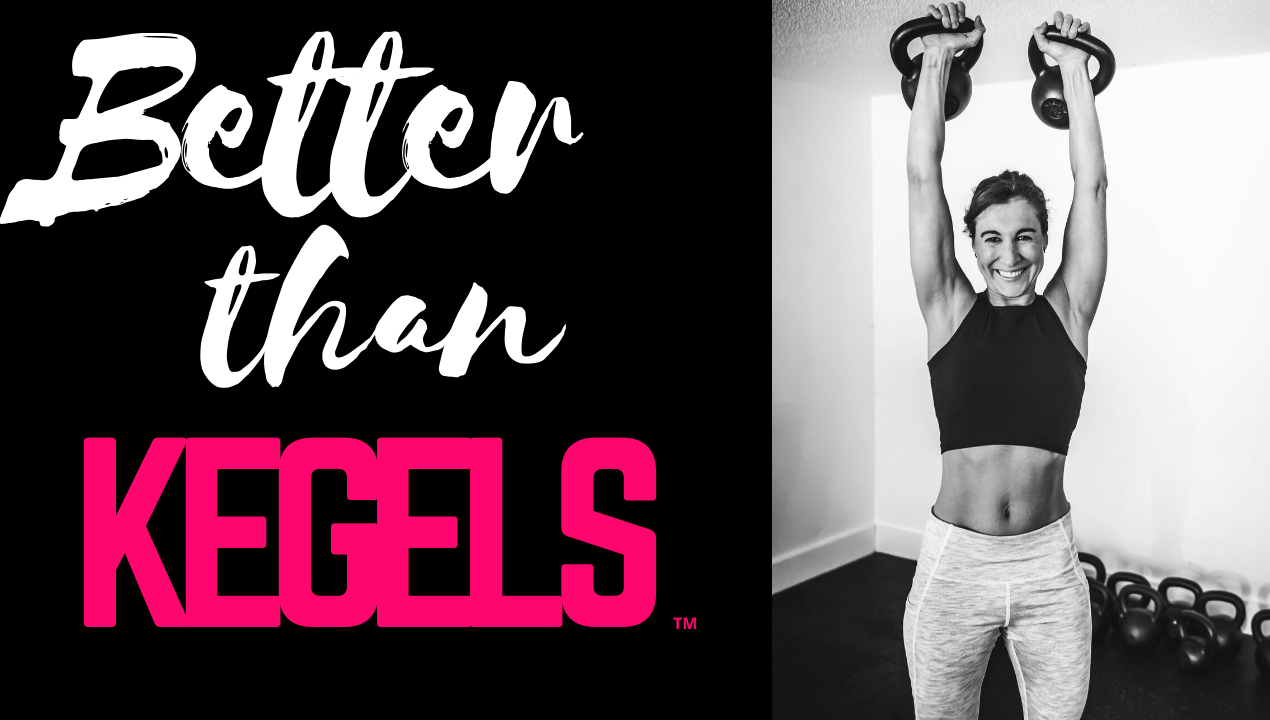Airway health is all the rage these days with the popularity of James Nestor’s Breath and Wim Hoff’s breathing strategies, more and more people are awakening to the power of their breath.
I myself started my own airway health journey back in 2018, when I learned that my tongue was supposed to NATURALLY rest on the roof of my mouth.
Spoiler alert-it wasn’t.
As I studied breath mechanics more deeply I learned that my breathing limitations were MAJORLY contributing to my pelvic floor problems.
Yes. Mouth breathing and pelvic floor dysfunction are linked.
Mouth breathing and gut health struggles are linked.
And of course mouth breathing and pelvic organ prolapse are also linked.
Why?
Here’s the dirt on breathing.
When the tongue comfortably rests on the roof of the mouth, this signals to our nasal passages to open, making nasal breathing easier.
Breathing through the nose has NUMEROUS benefits.
Stronger immune system and less inflammation. Nasal breathing filters our air, stopping our immune system from having to clean up all the articles we would otherwise INHALE if we were mouth breathing, hello NOSE HAIRS have a purpose! When we don’t filter particulates with our nose hairs, the junk we inhale gets lodged in our lungs and our immune systems need to clear it which keeps them too busy to do other things like clear inflammation in the body well.
Better core and pelvic floor strength. When our tongue is on the roof of our mouth and we breathe through the nose, this signals to the diaphragm to MOVE when we breathe-if you don’t already know this, the DIAPHRAGM and the PELVIC floor move together to stabilize the torso and give you….CORE STRENGTH! So by simply pressing the tongue on the roof of your mouth when breathing you move your diaphragm and exercise your pelvic floor, it’s Better Than Kegels, which is why I made a FREE course on it.
Improves Posture. The tongue on the roof of our mouth ALSO sets our posture. Tongue position dictates head position, think tongue on the bottom of my mouth-head falls forward, posture collapses. Tongue on the roof of the mouth keeps the head over our skeleton, neutralizes our posture AND even stabilizes our pelvis (providing we are engaging the back of the tongue as well as the front. (See pics)
Keeps your gut health and digestion healthy. Mouth breathing is our fight or flight breath. It involves breathing INTO the chest which creates stiffness and lack of movement in our abdomen. This lack of movement slows digestion and leads to constipation, toxic build up of undigested food and can cause SIBO, bloating, cramping and overgrowth of pathogenic bacteria. Breathing through the nose is the type o breath we use when we are in the parasympathetic side of the nervous system, AKA “rest and digest”. Simply breathing through the nose and moving the diaphragm better can be a HUGE game changer for gut health issues as well as any thing else in the body mediated by the nervous system, so like EVERYTHING….
Calms your nervous system for better sleep and less pain. Some folks have found that by simply taking my free breathing course and dialing in their nasal and diaphragmatic breathing they have been able to alleviate pelvic pain caused to Interstitial Cystitis, hypertonic pelvic floors and pelvic organ prolapse. Why? Because mouth breathing actually changes your body’s biochemistry making muscles more tense and pain more INTENSE.
Ok so hopefully by now I’ve at least SOMEWHAT convinced you that nasal breathing is worth trying.
So what can you do to get started?
Sign up for my subscription library and get access to my digital courses, ALL of which teach breath work.
And for MORE information on how tongue and breathing habits impact your health, come and listen to a couple of my Dirty Strength Radio™ episodes on how your tongue is causing your pelvic floor problems.





